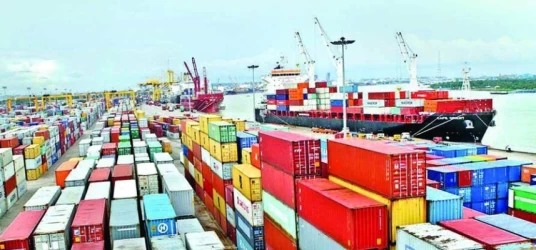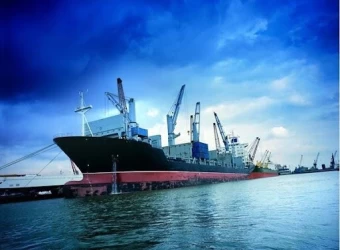Sea freight in Semarang port
Semarang Port, located on the northern coast of Java, Indonesia, is one of the key maritime gateways in the country. Serving as the primary port for the city of Semarang, it plays a significant role in Indonesia’s economy by facilitating domestic and international trade. In this article, we will explore the importance of Semarang Port in marine transportation, its facilities, types of cargo handled, and how it contributes to the region’s economic growth.
Importance of Semarang Port in Marine Transportation
Semarang Port, also known as Tanjung Emas Port, is a strategic maritime hub for the central Java region. It is one of the busiest ports in Indonesia, handling a large volume of cargo and passengers. The port’s location makes it an important node in the global shipping network, connecting Indonesia to major trading partners in Asia, Europe, and the Americas.
Facilities and Infrastructure
Semarang Port is equipped with modern facilities that support efficient marine transportation. These facilities include:
- Container Terminals: The port has advanced container terminals that accommodate large container ships, offering services such as container loading, unloading, and storage. The terminal is equipped with cranes and other cargo-handling equipment to ensure smooth operations.
- Bulk Cargo Facilities: In addition to container handling, Semarang Port is well-equipped to manage bulk cargo, such as grains, coal, cement, and other raw materials. The port has specialized terminals for dry and liquid bulk goods.
- Passenger Terminals: The port also serves as a departure and arrival point for passengers traveling by sea, providing ferry services to various islands in Indonesia.
- Warehousing and Storage: There are ample warehousing facilities at the port for storing goods before they are shipped or distributed to inland destinations. These warehouses are designed to store both refrigerated and non-refrigerated goods.
- Customs and Logistics Services: The port provides efficient customs clearance and logistics services, ensuring the swift processing of cargo for import and export. This reduces delays and enhances the efficiency of trade operations.
Types of Cargo Handled
Semarang Port handles a diverse range of cargo types, contributing to its versatility as a key player in marine transportation. The primary types of cargo include:
- Containers: These are the most common types of cargo handled at Semarang Port. Goods ranging from electronics, textiles, automotive parts, and machinery are shipped in containers to and from various countries.
- Bulk Cargo: Bulk materials, such as coal, cement, and grains, are frequently transported through the port, catering to the industrial needs of the region.
- Liquid Cargo: Semarang Port also has facilities for handling liquid cargo, such as chemicals, oils, and gases.
- Automobiles: The port handles the import and export of vehicles, including cars, trucks, and heavy machinery, supporting Indonesia’s growing automotive industry.
Marine Transportation Routes
Semarang Port connects Indonesia to a variety of global shipping routes. Major trading partners include:
- Asia: Countries like China, Japan, South Korea, and India are among the top destinations for goods exported from Semarang Port.
- Europe: Semarang also connects to European markets, with frequent shipments to the Netherlands, Germany, and the United Kingdom.
- Americas: The port handles cargo destined for North and South American markets, particularly for trade in commodities like rubber, coffee, and textiles.
Contribution to the Economy
The efficient marine transportation system at Semarang Port is a vital contributor to Indonesia’s economic development. The port facilitates trade and commerce by providing businesses with a reliable shipping option. The goods imported and exported through the port help stimulate local industries, create jobs, and foster international economic relations.
Moreover, the port’s location in central Java makes it a critical transportation hub for distributing goods across Indonesia. Semarang Port supports not only international trade but also domestic distribution, particularly to Java, the most populous island in Indonesia.
Challenges and Future Development
Despite its success, Semarang Port faces several challenges, including congestion, the need for infrastructure upgrades, and environmental concerns. However, the Indonesian government has plans to invest in modernizing the port to enhance its capacity and reduce operational delays. Future developments aim to integrate green technologies to reduce the port’s environmental footprint, making marine transportation more sustainable.
Conclusion
Semarang Port is a crucial asset in Indonesia's marine transportation network, offering modern facilities and playing a key role in both international and domestic trade. As one of the busiest ports in the country, it supports economic growth and fosters Indonesia’s connection to global markets. With continued development, Semarang Port is poised to become an even more significant player in regional and international marine transportation.
If you have any specific questions or need further assistance, feel free to ask!











